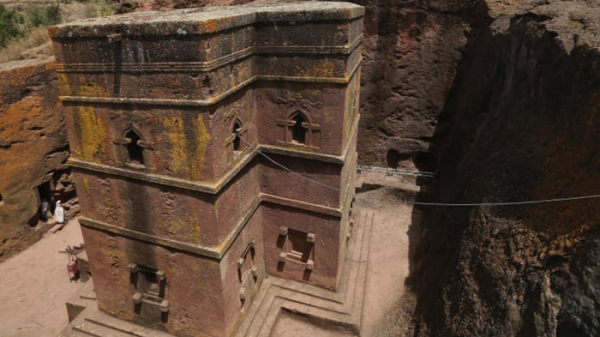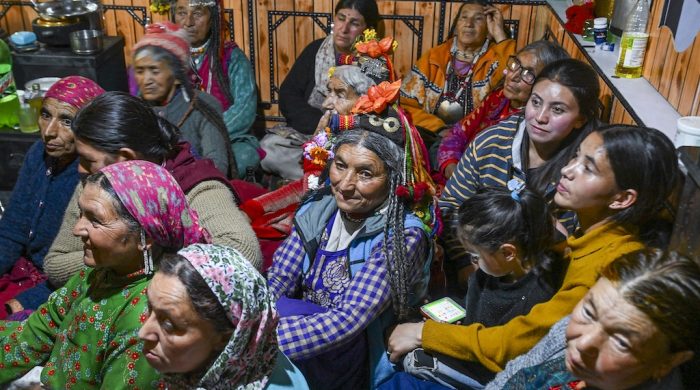UN fears for revered Christian and tourist site in Ethiopia that goes back 900 years

- Update Time : Saturday, August 7, 2021
- 209 Time View

They’re one greatest cultural and religious treasures not only in Ethiopia but also in Africa and in Christendom: the ancient rock-hewn churches of Lalibela.
And now a United Nations agency is worried they could be in peril after reports that fighters from Ethiopia’s Tigray region have seized control of this UNESCO World Heritage Site.
In a statement released Friday, UNESCO called for “the respect of all relevant obligations under international law in ensuring the protection of … this precious site by refraining from any act that may expose it to damage, and by taking all necessary precautions to prevent any attempts of looting and pillaging cultural properties located in the area.”
UNESCO stated, “Lalibela is a place of pilgrimage, devotion and peace: it should not be a place for instigating violence and conflict.”
History and unusual architecture of Lalibela
The 11 medieval monolithic cave churches of this 13th-century “New Jerusalem” are in a mountainous region in northern Ethiopia, UNESCO said. They joined the World Heritage List in 1978 and are about 645 kilometers (about 400 miles) from the capital of Addis Ababa.
The structures were commissioned by King Lalibela of the Zagwe Dynasty, which ruled much of the country back in the 12th century. Nearly impossible to see at a distance, the impressive feat provided a safe space for Christians to hide from Muslim expansion from the north at the time.
Christianity here goes back many more centuries, though. It dates to the 4th century in this region, and the Ethiopian Orthodox Church is one of the oldest Christian organizations in the world.
The churches were hewn from monolithic blocks below ground level, according to UNESCO. These blocks were further chiseled out, forming windows and doors.
The famous churches have been built in a variety of styles.
Some of them were chiseled into the face of the rock, while others stand as isolated blocks, such as the church of Saint George, constructed in the shape of the cross.
A complex and extensive system of drainage ditches, tunnels and subterranean passageways connects the underground structures.
Following the faithful
In 2016, photographer Tariq Zaidi followed the pilgrim route in and around Lalibela.
He recalled the majesty of the architecture and beauty of the region, but most of all its people.
“They’re very poor, very humble,” he told CNN then. “They come for the pilgrimage hopefully once in their life if they can afford it. Many people have walked across the country, with almost nothing with them.”
Zaidi described the local community coming out to help pilgrims, feeding them and even helping to wash their feet.
“It’s very beautiful, poetic — even romantic — in a way very few things in our world are,” Zaidi said. “They all support each other.”





















